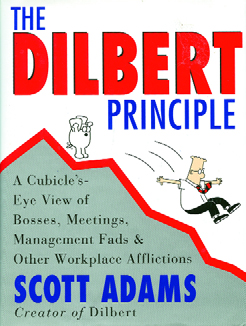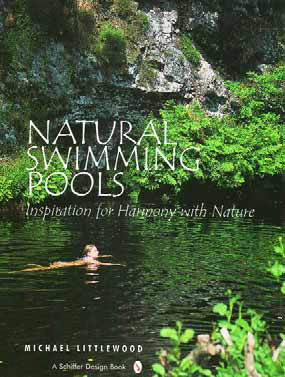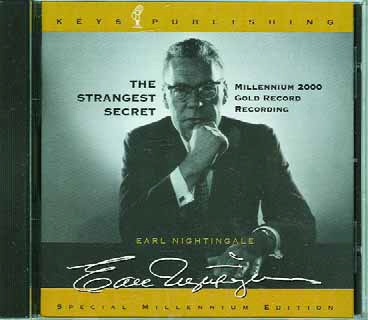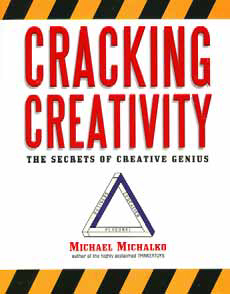Book & Media Reviews
Most watershapers know that the work we do requires knowledge across a wide range of disciplines - a cluster of skills that includes, among others, geology, materials science, structural engineering, construction techniques, hydraulics, architecture, art history, color theory, drafting and more. As jacks of all trades, we don't really need to be "expert" on all of these fronts, but without a working knowledge of the technical and aesthetic disciplines involved in creating quality work, it's difficult to ensure the success of any given project. There's no question that some of us are better at certain disciplines than others, and it's up to us to recognize our strengths and weaknesses and fill in the gaps of our understanding as best we can. When it comes to structural engineering, for example, few of us qualify as bona fide engineers: That takes years of schooling and rigorous licensing processes. But almost all of us work with precise structural designs that are specific to the vessels and associated structures we design and/or build. In other words, we may not be engineers, but we sure as heck need to
We all have our different strengths and weaknesses and know that there are certain areas in which we can all improve. In my case, I'm good at the technical side of watershaping, but I'm much less accomplished in the client-relations/"people skills" department. I've made concerted efforts through the years to seek resources that can help me grow in this area, and my latest book selection is part of that personal quest. Not long ago, I took a twelve-point quiz that's designed to test whether or not you have a good sense of humor. I've never been a big one for telling knee-slapping jokes and I'd describe my sense of humor as "dry," but I certainly like to laugh and I've always considered myself as being someone who enjoyed things on the funny side. When I took this test, however, I scored a perfect zero out of twelve, so by this assessment it seems I have no sense of humor at all. Working past this odd humiliation, I began thinking about this
It's a plain fact: In many regions of the United States these days, the vast majority of construction laborers speak Spanish. That's a big deal because, as watershapers, it is our responsibility to convey the design mission for our projects as well as all-important client wishes to these talented craftspeople - not to mention the basic, general communications that come with managing the work of individuals and small groups of people. Where I work in Texas, this is the simple reality - and I know it's true as well in California, Arizona, Florida, Nevada and many other parts of the country. As a consequence, I think it makes sense for those responsible for guiding the overall efforts of these workers to be able to communicate with them in their own language. After all, these are the folks who are installing the details we've so carefully designed and engineered. For my part, I'm trying to elevate my communications skills by
Whether laid flat, stacked, loose or alone as an accent, stone is an integral part of most garden designs. Whether used in walls, paths or decks and no matter the type, it's a versatile material and knowing a bit about using it (and how to avoid problems) can be a tremendous help to any landshaper. These days, stone is quarried and can be moved to where you are from anyplace around the globe, provided your clients are ready to pick up the eye-popping cost of freight. But almost every area also has local sources of supply - a big advantage not only because you and your clients can easily see what you're getting, but also because local stone tends to fit better into naturalistic landscapes. Beyond the practicalities of
One of the greatest contrasts I've found between watershapers from the pool and spa industry and watershapers with backgrounds in landscape architecture is the way representatives of the two groups handle their portfolios. Landscape architects are taught that the way they present past work has everything to do with their ability to market their current design services. In the pool/spa industry, by contrast, designs are still rarely paid for and instead are offered as a means to winning a construction contract. In this context, portfolios tend to be far less sophisticated and generally cover examples of the company's work rather than that of an individual designer. That situation is (thank goodness) changing on several fronts, and it seems an opportune time for watershapers in general to step up in sophistication and focus on
Did you know that there's a strong trend toward creating ponds that are made for swimming in Germany and Austria? That revelation came by way of a terrific book I just finished - Natural Swimming Pools: Inspiration for Harmony with Nature by Michael Littlewood (Schiffer Publishing, 2004). Littlewood is an American landscape designer who moved to Europe several years ago and has since become involved in the design and installation of naturalistic watershapes that are a distinct departure from run-of-the-mill concrete pools we encounter in the United States. Indeed, he and scores of other watershapers throughout Europe are setting up vinyl-lined ponds that lack most of what we'd recognize as pool features or equipment, but are deep enough and big enough for swimming and other forms of aquatic exercise. And the simple fact is that their European clients seem inclined to
For centuries, the Mediterranean gardens of Italy, France, Greece and Spain have put sun-thriving plants on beautiful display in dry environments. The Greek isles flourish with wildflowers whose colors become more vivid against the bleached background, while Spanish gardens combine the fragrant blossoms of citrus trees and the fragile pink blooms of Almond trees with open, arid landscapes. Italian and French gardens present more formal atmospheres, incorporating boxed and trimmed trees with trellises and pergolas draped with vines. Each area has its distinct style, but the main elements of these gardens are the same, with the hot sun being the primary common factor. As is revealed, however, in Designing and Creating a Mediterranean Garden by the English artist Freda Cox, it is possible to cultivate
As we move through the long, hot, busy days of summer, it may well be that, like me, you have difficulty finding the time to sit down and read. This is one of the reasons I've gotten into audio books lately: I listen to them while traveling from job to job, and I find they're a great way to keep my mind stimulated when I just can't find the time to concentrate on the printed page. In that spirit of aural stimulation, I thought I'd reach back to the origins of this special medium and listen again to a classic motivational piece I'd first heard 15 years ago from legendary self-help guru Earl Nightingale. Called The Strangest Secret (issued by Nightingale-Connant Corp.), the original recording was made way back in 1956, when Nightingale recorded his thoughts to help
Working as a watershape designer, I'm always a little bit taken aback when people come up to me and say they're so amazed by the work I do and that they know they could never do anything so creative themselves. It's all part of a common perception that so-called "creative" work is produced only by people who were born with a particular talent. Frankly, I don't agree with that perception. As I look back over my career and review the work of others, it's clear to me that creativity in design (or anything else, for that matter) is essentially a muscle we all can develop. Sure, some people have natural abilities that give them a boost, but the essence of creativity has more to do with the way you go about pursuing it than anything else. Along those lines, I recently finished reading Cracking Creativity: The Secrets of Creative Genius by Michael Michalko (Ten Speed Press, 2001). This terrific, 300-page book tackles the nature of
An important and complex factor in any business is the daily paperwork required to function properly. A couple of years ago I decided to bring all the paperwork, forms and filing practices for our business up to legal speed, so I enrolled in a class on Mechanic's Lien laws and processes. The class was run by a law firm, and the first thing they said was that everyone is intimidated by forms and make it all too complicated. They advised us to






















